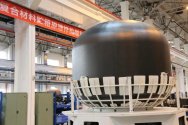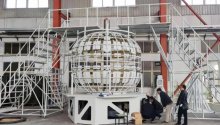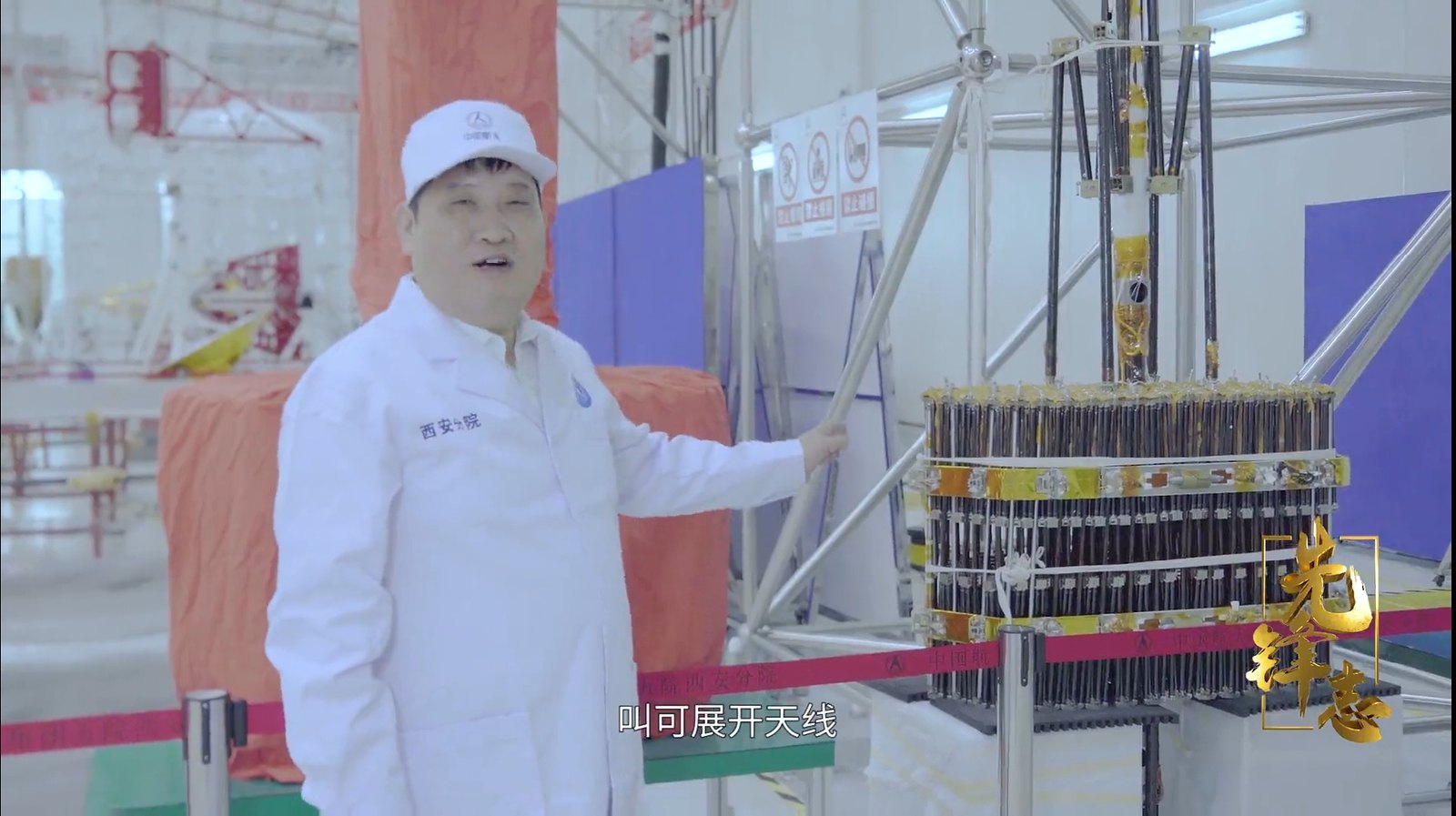Hendrik_2000
Lieutenant General
Via Samsara China launch Tiantong 1(03)
天通一号03星成功发射丨我国自主可控卫星移动通信系统实现亚太地区全覆盖
2021年1月20日凌晨,天通一号03星在西昌卫星发射中心成功发射,这是由中国航天科技集团五院通信与导航总体部自主研制的第三颗移动通信卫星。卫星在轨交付后将与天通一号01星、02星组网运行,将大大提升国家应急通信保障能力。
Successful launch of Tiantong-1 03 satellite | China's autonomous controllable satellite mobile communication system achieves full coverage in Asia-Pacific Region
In the early morning of January 20, 2021, Tiantong-1 03 satellite was successfully launched at Xichang Satellite Launch Center, which is the third mobile communication satellite independently developed by the Communication and Navigation Department of the Fifth Academy of China Aerospace Science and Technology Group (CASC). After its in-orbit delivery, the satellite will be networked with Tiantong-1 01 and Tiantong-1 02 satellites, which will greatly enhance the national emergency communication support capability.
...The satellite mobile communication system is mainly for small mobile terminals, including ground personal mobile terminals, vehicle-mounted terminals, airborne terminals, shipborne terminals, etc., to provide a variety of medium and low speed communication services. It can be said that the satellite mobile communication system can realize the nearly seamless coverage of the ocean, mountain and plateau areas, and meet the needs of all kinds of users for mobile communication coverage. Because of its flexible mobile and portable characteristics, it has high civil and commercial value.
(...)
The construction of China's satellite communication mobile system is inseparable from the team's ten years of silent hard work. They have created history, and history will always remember their contributions.
In the future, the research team will continue to promote the global expansion of Tiantong-1 mobile communication satellite system, realize the large-scale application and operation of satellite mobile communication, and explore the integrated development of 5G and mobile system, so as to play a greater role in the construction of national space infrastructure.
天通一号03星成功发射丨我国自主可控卫星移动通信系统实现亚太地区全覆盖
2021年1月20日凌晨,天通一号03星在西昌卫星发射中心成功发射,这是由中国航天科技集团五院通信与导航总体部自主研制的第三颗移动通信卫星。卫星在轨交付后将与天通一号01星、02星组网运行,将大大提升国家应急通信保障能力。
Successful launch of Tiantong-1 03 satellite | China's autonomous controllable satellite mobile communication system achieves full coverage in Asia-Pacific Region
In the early morning of January 20, 2021, Tiantong-1 03 satellite was successfully launched at Xichang Satellite Launch Center, which is the third mobile communication satellite independently developed by the Communication and Navigation Department of the Fifth Academy of China Aerospace Science and Technology Group (CASC). After its in-orbit delivery, the satellite will be networked with Tiantong-1 01 and Tiantong-1 02 satellites, which will greatly enhance the national emergency communication support capability.
...The satellite mobile communication system is mainly for small mobile terminals, including ground personal mobile terminals, vehicle-mounted terminals, airborne terminals, shipborne terminals, etc., to provide a variety of medium and low speed communication services. It can be said that the satellite mobile communication system can realize the nearly seamless coverage of the ocean, mountain and plateau areas, and meet the needs of all kinds of users for mobile communication coverage. Because of its flexible mobile and portable characteristics, it has high civil and commercial value.
(...)
The construction of China's satellite communication mobile system is inseparable from the team's ten years of silent hard work. They have created history, and history will always remember their contributions.
In the future, the research team will continue to promote the global expansion of Tiantong-1 mobile communication satellite system, realize the large-scale application and operation of satellite mobile communication, and explore the integrated development of 5G and mobile system, so as to play a greater role in the construction of national space infrastructure.









